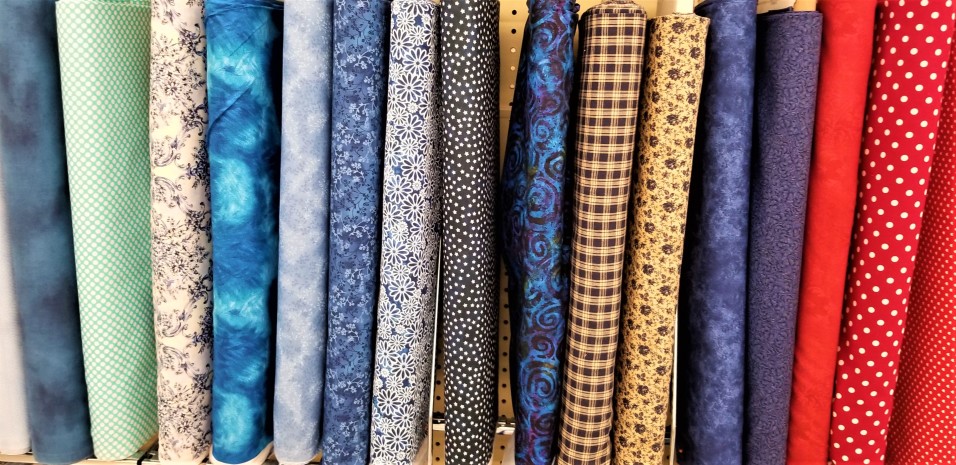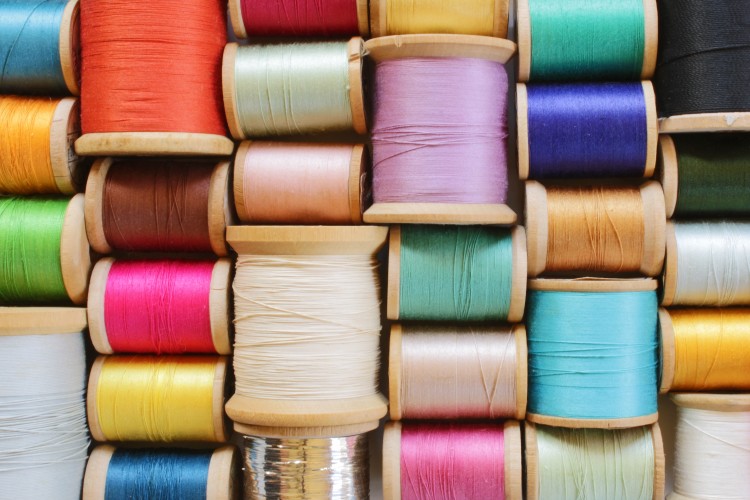What is a Textile Product?
It can be difficult to identify a scarf, tee-shirt, or other textile product. In this article, you will learn how to identify a textile product and how to label it. Afterwards, you can decide what you need to label it with! Here are some tips to get you started. Labels don’t have be complicated,
Labelling a textile product
Unless the textile product can be used as solvent, it must have a label to indicate its full fibre composition. Manufacturers and importers of textile products must comply with labelling requirements. The product must be labeled in English. It is important to remember that items imported into Britain before Brexit may have labels written in the language of the manufacturer. These items can be sold in Britain until 31 January 2022.

The laws governing the labelling of textile products vary from country to country. Although the requirements may vary from one country to another, there are common principles that can be applied to all countries. Textile products should include information about the fiber content, origin, manufacturer, dealer information, and care instructions. Even if the product is not finished, it must still be labeled with the country of origin. This will prevent customs from removing the product.
Labelling a scarf
Many women have a beautiful scarf in their possession. They know how to tie it properly and three great ways to wrap the scarf around their neck. But what about the scarf’s label. Some people either fold it under their scarfs or cut it out. Some people throw it away. No matter which option you choose to go with, be sure to include the name of the designer on the label. These are all important decisions to make before you start wearing your scarf.
Labelling a t-shirt
When labeling your tee-shirt, there are many factors to consider. In addition to its function, labels can also add style and branding to your product. Many tee-shirt labels are placed at the neck and sides seams. They show the brand name, if there is one, as well as product information. Before you begin relabelling, make sure you review the labeling rules and that the product conforms to local laws.
Sometimes the neck label displays the brand of the designer, while the swing tag lists the price. In both cases, the goal is to sell more T-shirts. Compliance tags, on other hand, provide information such as wash care, country, cotton/poly blended, size, and type. Compliance tags help keep consumers safe, and ensure that t-shirt sellers comply with local laws.
